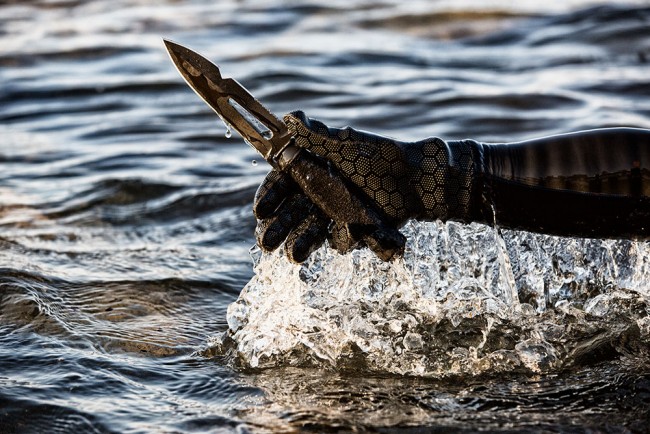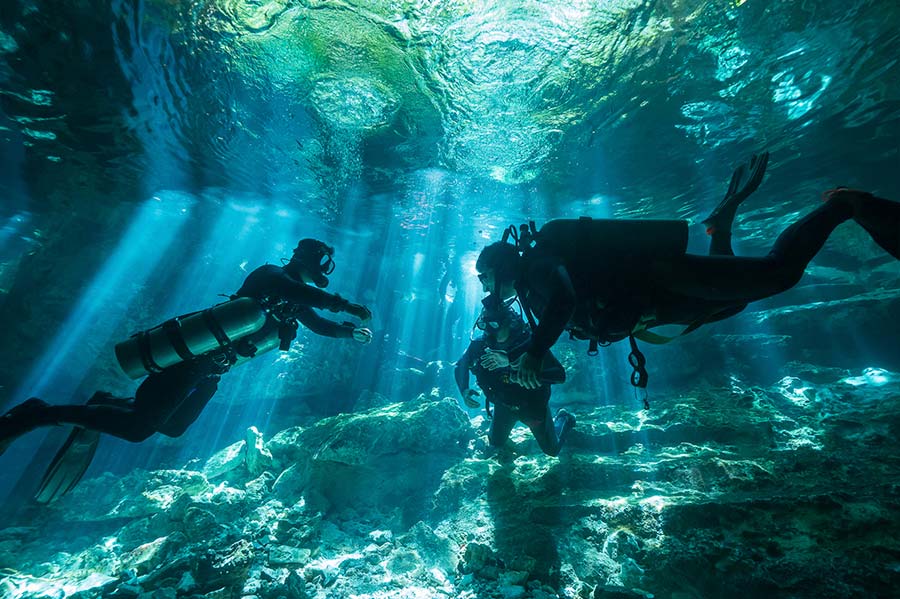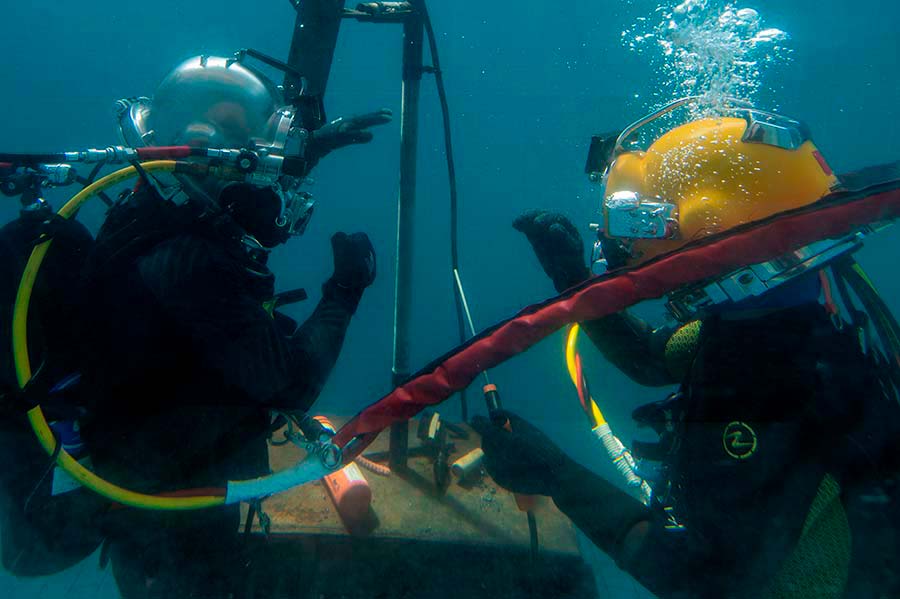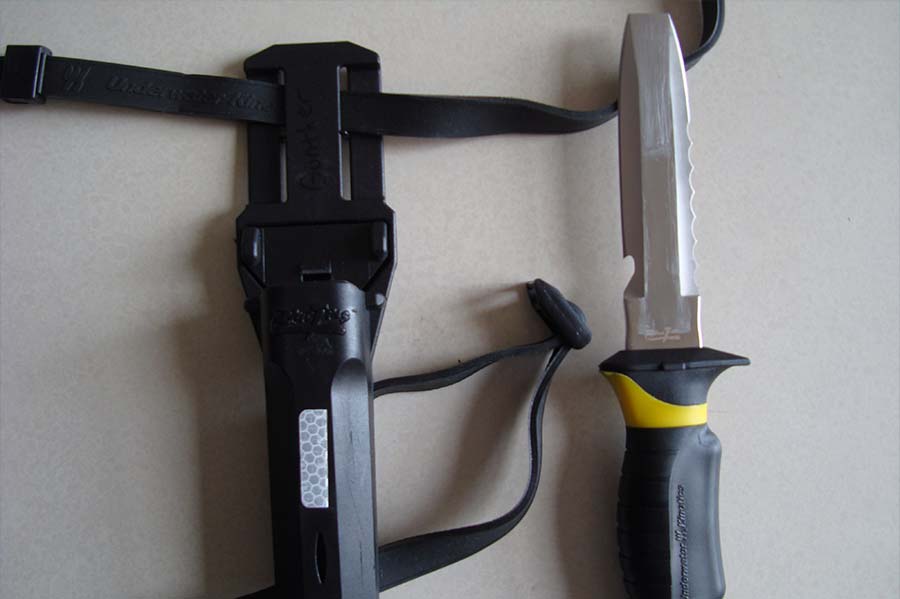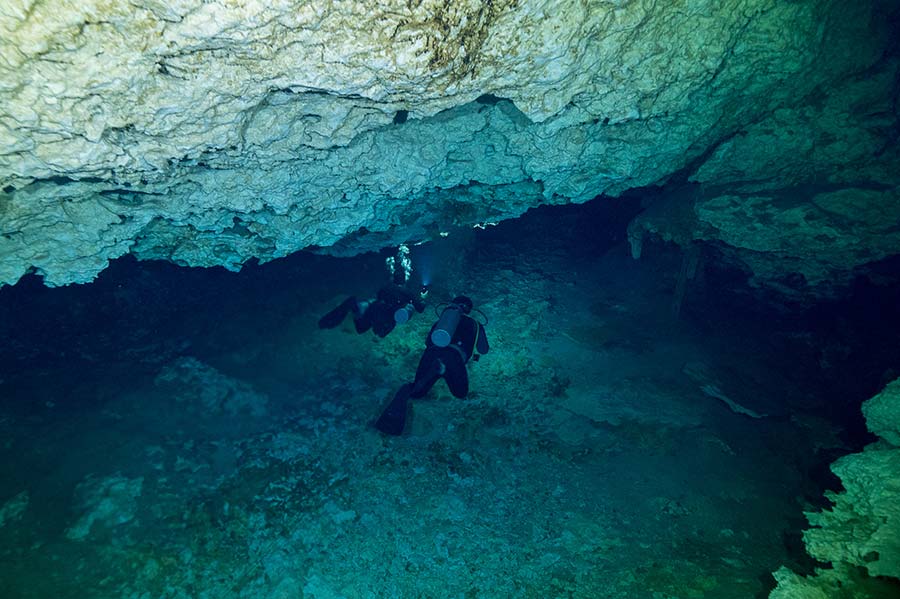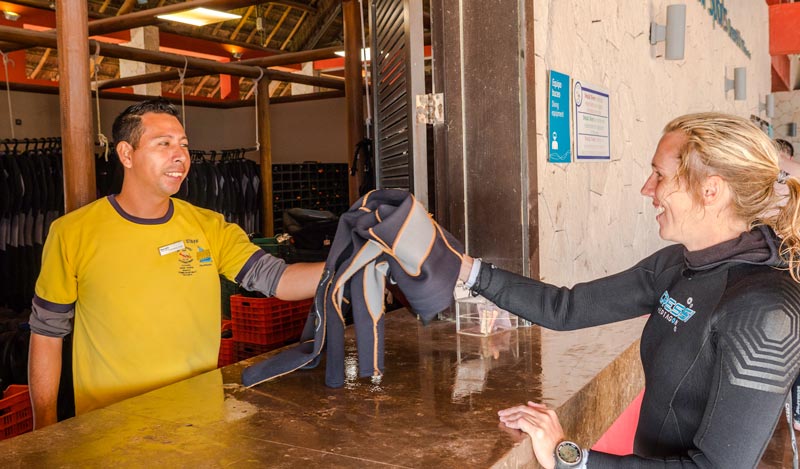1. What is a diver’s knife used for?
A scuba Knife is designed to be carried while diving and can be used for a variety of purposes, including cutting through ropes, netting, and other materials that may become tangled or stuck while diving. It can also be used as a defensive weapon to deter marine animals. Divers’ knives are typically made of stainless steel or other corrosion-resistant materials and have a sharp, sturdy blade that can be easily accessed and deployed while underwater. They are an essential piece of diving equipment for many divers and are carried as a safety precaution in case of emergency.
2. Types Of Diving Knives
There are several types of diver’s knives and their design is intended to be useful for different purposes and environments. Here are a few common types:
Pocket scuba diving knives: these knives are small and compact. They are designed to fit in a BCD pocket or hang from the weight belt. In general, they are razor-type. That is, their blade is foldable.
Fixed-blade scuba knives: these are knives with a fixed blade and handle. They are usually with larger blades and a longer lifespan.
Dive saws: these are specialized tools that have a serrated edge and are used for cutting through hard materials, such as coral reefs or submerged debris.
Multitools: these are diving knives that have multiple functions, such as a blade, a screwdriver, and a bottle opener. They are convenient for divers who need to perform a variety of tasks while diving, as happens to commercial divers.
Line Cutter: Line cutter was developed for cave diving mainly, where one of the most frequent dangers is getting entangled in the guideline with some piece of the equipment in conditions of zero visibility and not being able to free yourself. For this situation, traditional knives are not very effective, since they are usually not too sharp and it is difficult to cut a 2- or 3-mm 0,8- 0,11-inch width nylon line with one hand in the difficult positions that sometimes you adopt in a cave or through some narrow passages.
For this reason, this tool was developed very sharp and with an indentation that can hook the line but is too narrow to accidentally cut a breathing hose, by mistake.
Imagine a diver getting hooked in a cave and trying to cut the line behind his head, severing a hose and the air supply…
The fundamental difference between a diving knife and a rope cutter lies in its shape.
The blade of the diver’s knife has a sharp and serrated part. Many also incorporate semicircular small-diameter slits for cutting-resistant threads.
Meanwhile, the rope cutters have sharper blades, which rust easily. This is because they are not stainless. In addition, being very thin, they become brittle and lose their edge, which makes it impossible to cut with them. So, if you use your scuba line cutter regularly or in harsh conditions, you may need to change it more often.




